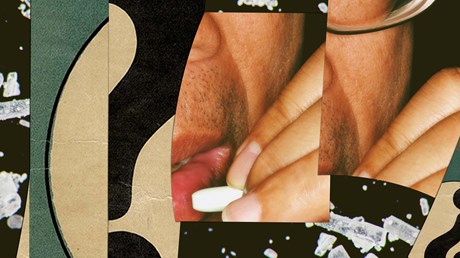Where do we find it? And more importantly, are we really prepared for what we’ll find?

The evidence of the US drug crisis is all around us, every single day. But because it is a lonely crisis, we often need someone to show us where to look. Having covered the opioid crisis as a reporter for the past seven years, part of my job was asking the “where” question to other people involved in the crisis.
This has given me new eyes in my own city, New York. I’ve noticed more people shooting up, and one night on my way home I saw two people sprawled unconscious on the floor of the subway platform after overdosing. Emergency medical personnel came quickly and saved them. I now carry naloxone (also known by its brand name Narcan), the overdose reversal drug, which looks like a little bottle of nasal spray.
In addition to seeing the crisis all around me, I have begun noticing Christians working in these places. I remember sitting in a car on a main drag in Camden, New Jersey, one night in 2015, watching prostitutes shiver in the snow trying to find work to pay for drugs. The Christian woman sitting next to me in the car, Brenda Antinore, had at one time been addicted to drugs herself and was a friend to these women. She checked in on them daily, brought them toiletries and snacks, knew them all by name, and had a recovery home within walking distance where they could come when they were ready.
One of the women from the street I met and interviewed died of a drug overdose later. Antinore was one of the few people checking in on these women besides police, drug dealers, and johns. She was their emergency contact. Some of the women Antinore has loved went into recovery.
These are the imperfect examples and testimonies that deserve greater attention from the American church. But to know the testimonies, we need ...
from Christianity Today Magazine
Umn ministry


.gif)

.gif)
.gif)
